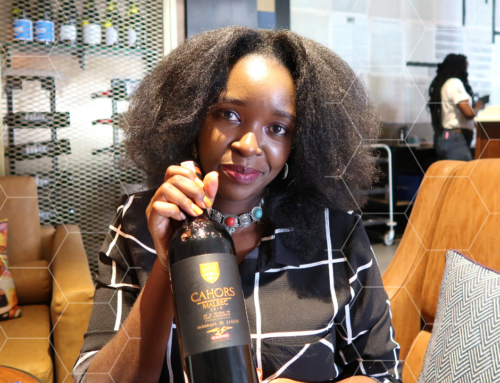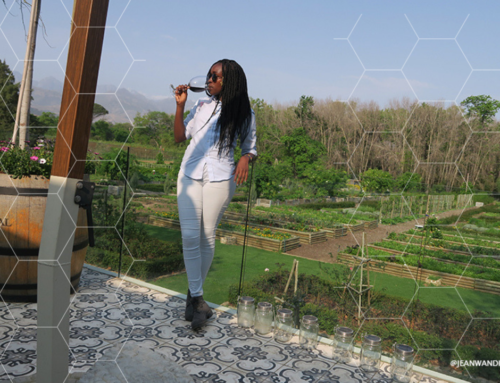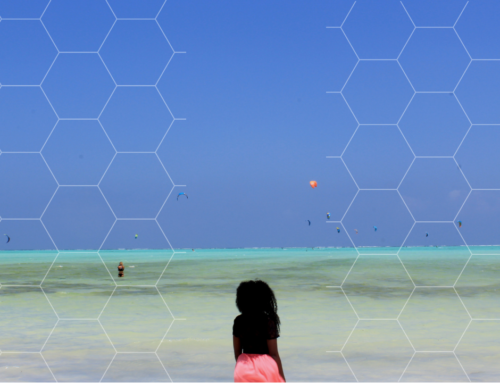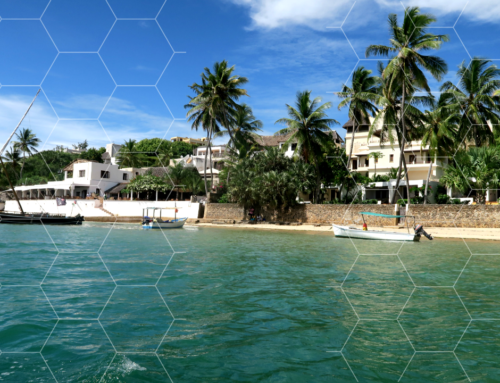The story of Kenyan coffee begins at the soil. The iron-rich volcanic soils of the central highlands have been producing high quality coffee for many years. Fed by the Riara river, Fairview Coffee Estate is a beautiful estate in Kiambu. I arranged a visit to the farm to learn more about coffee. The estate has been changing hands for over 80 years but they have always applied holistic methods while farming their coffee.
***
We met up with Millicent who is the Coffee Promotions Expert of Fairview Coffee Estate and she was eloquent and very knowledgeable in matters coffee. On arriving at the farm, we first entered a very nice house and kept our luggage while Millicent fetched us some water bottles. Every time someone brings you water, just prepare yourself for a lot of walking. This farm is very picturesque with lush gardens and a myriad of beautiful flowers.
We made our way to the plantations and we got to see the Arabica coffee plant. They have divided their 44 Ha coffee farm into many areas and the coffee plantation is divided into blocks. I could see a white ash-like substance sprinkled on the soil at and she told me that it is agricultural lime that balances the pH of the soil. The coffee plant is a very hardy plant and the plants here were bout 250-300 years old. One plant of coffee demands so much care and because the plant is very bushy, they have to keep pruning and even cutting off the shoots and removing extra leaves to ensure that the plant has some vigour and it produces big beans. Only two to three stalks/stems should be left and after some time they are cut giving way to younger, more rigorous ones. I am taking you back to Biology/ Agriculture class. They also use the least amount of chemicals. They use the contact method of applying pesticides which involves applying the pesticide to the affected leaves and they ensure none of the chemicals goes to the crop. I am very interested in organic farming and I was impressed that this farm has excelled on this. They have many farmers who work on the property during harvesting and they only pick the ripe red berries. It is hard to use machine harvesting because machines harm the plant and they cannot differentiate between ripe and unripe berries. Most workers are women and I was impressed that the company has a nursery school for the women with small babies to take them as they work in the farm. There was such a special bond between the workers and everywhere we turned we were greeted with ” Habari zenu. Karibuni” (How are you? Welcome, in Swahili) and hearty smiles. Don’t you just love Kenyans?
After harvesting, the berries are pulped to remove the skins. The skins are then taken to a compost pit and used as manure so that they can recycle the nutrients back to the coffee plant. Each berry has two beans and each bean has a hard protective husk. The coffee beans are graded in size and weight and they are fermented and washed. They are then graded for a second time. They are soaked in tanks to improve the quality and this process goes on for 16 hours. they are dried on tables depending on their grades and hand sorted to remove ‘bad’ beans. They are then husked and milled. Some of the coffee is sent to private buyers, exports and the Nairobi Coffee Exchange.
After learning so much, we went to the coffee lab where we blended, roasted and did a coffee tasting (very similar to wine tasting) under the expert guidance of Emannuel who is a Liquoror at the estate. We then went to the gardens outside the house to have coffee, fruit and snacks. I thought our trip was over but we still had a long way to go now that we had replenished our energy. We hiked, walked into the forest, walked through a eucalyptus plantation, dipped our feet into the river, saw a great waterfall, walked some more, found some gooseberries, went through a banana farm, saw a field of cows, bird watched, went to a dam… There was so much to do. I will be uploading a Youtube Video because words cant express the beauty of this place. I also got a Kg of quality coffee which I have been enjoying. The coffee comes in the prettiest African print bag that I have re-purposed to use as my camera bag or makeup bag. I still can’t decide.
Budget Travel Tips
This is an interesting thing to do with friends and family. I really got good feedback on my budget travel post about how to use less than 5,000 ksh to camp out of town and I decided to bring you another activity packed thing to do. With about 2,000 Ksh p.p ( Transport, Snacks, Tour fees) you can have this experience. I kept saying that there are very few things that you can do in Nairobi but I was proven wrong, yet again.
Tips for the Trip
- Carry comfortable shoes.
- Carry light clothing (depends on weather).
- Carry snacks/ water but they will give you snacks, coffee, water and fruit.
- Carry money to buy extra bags of coffee.
Accessibility
Using public transport, take a bus at Ukwala opposite Kenya National Archives, the ones that go to Kiambu. Alight at KIST (Kiambu Institute of Science and Technology) then walk. Call ahead of time to ensure you do not get lost.
Use the same directions while using your own car/ uber etc.
I have tried to cram so much info on this post but you can always find more info on their website and Facebook page.
They also have an event coming up at the grounds that you will not want to miss.
























